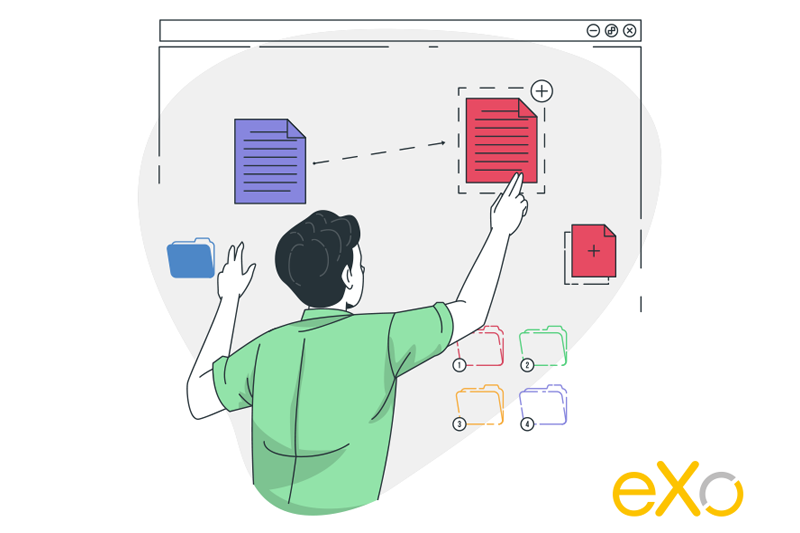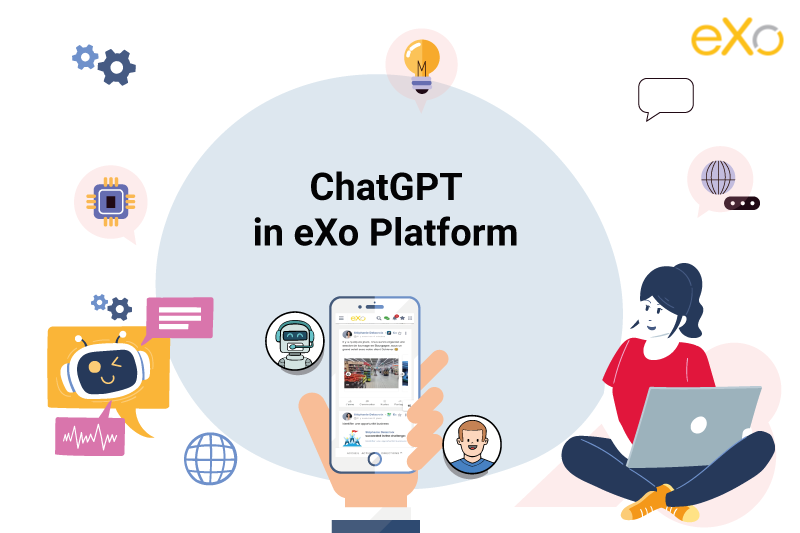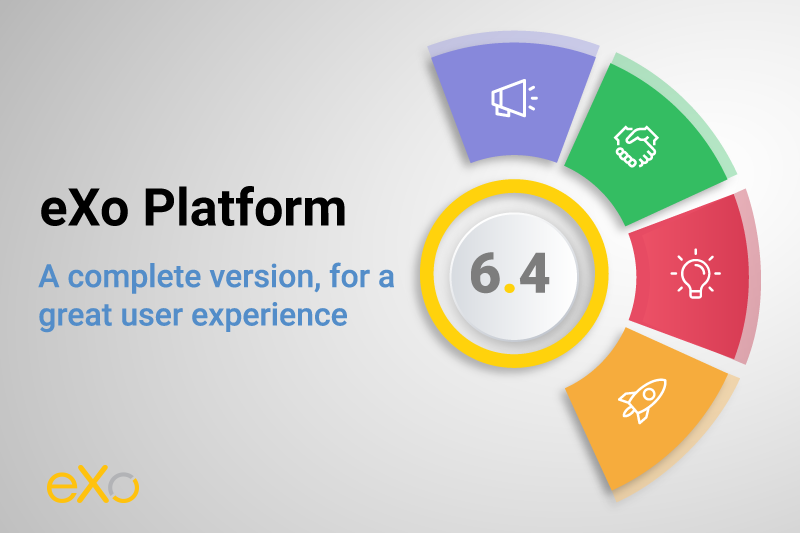- Veronika Mazour
- November 20, 2019
Digital workplace project: 3 biggest fears and ways to avoid them

Content
1. That the management will not like it

2. That the users will not like it

3. Failure to execute
Endless project
Understaffed change management and adoption

Hostage situation
- Avoid failure to execute by avoiding an endless project. Instead, adopt an agile approach for your project. Launch as soon as possible to confront your employees to the digital workplace and gradually drive improvements from users’ feedback.
- Convince your users by taking them into account at each step of the project, from the very first design stage. Make sure your change management has an owner and a sufficient budget/time allocated to make it happen. Build your workplace for your employees directly, rather than providing them with something and then trying to make them learn it.
- Manage your management. Try your best to handle the pressure without jeopardizing your digital workplace success by tailoring it only to your management needs. Communicate about your process and progress. When you successfully launch and onboard your users, you will have no trouble to prove the project value to your management with tangible results.

discover all the features and benefits
FAQs
You will find here Frequently Asked Questions about information overload in the workplace with all the answers in one place.
What is information overload?
In its simplest form, information overload refers to the excess or the abundance of information available to employees when performing tasks or making decisions. The term first originated in Bertram Gross’s 1964 book “The Managing of Organizations”. Gross explained that information overload is likely to occur when the quantity of information available exceeds one’s capacity to process it thus reducing the quality of decisions to be made.
What are the biggest digital workplace project fears?
How much clients’ biggest fears about their digital workplace project differ from our own fears. Especially, when we are at the start of a new project.
So what are your biggest fears when starting a digital workplace project? Below is our clients’ top 3 fears list :
- That the management will not like it
- That the users will not like it
- Failure to execute
How to avoid a digital workplace project failure?
- Avoid failure to execute by avoiding an endless project.
- Convince your users by taking them into account at each step of the project.
- Manage your management.
What is an intranet?
intranet is a term used with abundance whenever the subject of internal communication and collaboration is brought up which makes defining it a bit challenging. In its simplest form, an intranet is an internal website for your organization. It is used mainly for top-down communication where employees can access corporate news, policies and announcements.
How to overcome information overload in the workplace?
Here are 6 Ways to Overcome Information Overload:
- Analyze usage patterns and understand employees’ preferences
- Categorize and classify information
- Develop a robust internal communications strategy
- Build a knowledge sharing culture
- Review processes to limit multi tasking
- Choose the right tools to support communications and knowledge sharing
➝ Find out How To Better Manage Information Overload In The Workplace
What is a digital workplace?
A digital workplace is a next generation of intranet solutions or intranet 2.0 that is based on three pillars: communication, collaboration and information. In a way this definition is true but it doesn’t cover the whole spectrum of the term. Here are some definitions of digital workplace:
- An evolution of the intranet
- A user centric digital experience
What is collaboration?
Collaboration is “the situation of two or more people working together to create or achieve the same thing”.
What are the benefits of collaboration in the workplace?
Here are some of the benefits of collaboration in the workplace:
- Foster innovation and creativity
- Better problem solving
- Effectively handle times of crises
- Engage and align teams
- Increase motivation
- Attract talents
- Tags: Digital workplace, intranet, workplace
Related posts
- All
- eXo
- Digital workplace
- Open source
- Internal communication
- Collaboration
- News
- intranet
- Future of work
- workplace
- Knowledge management
- Employee engagement
- Employee experience
- Employee productivity
- onboarding
- Employee recognition
- Change management
- Cartoon
- Digital transformation
- Infographic
- Remote work
- Sneak Peek
- Solutions
- Thought leadership
- Tips & Tricks
- Tutorial
- Uncategorized
Leave a Reply
( Your e-mail address will not be published)


